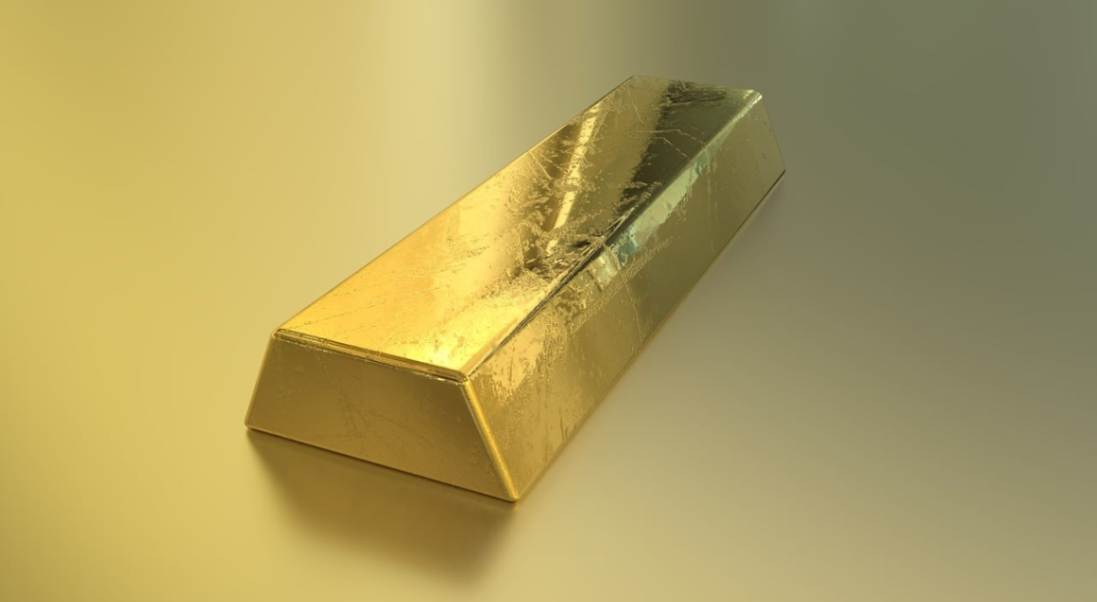When it comes to buying gold jewelry, the purity of the metal is a significant factor to consider. Gold purity is typically measured in karats, with 24K representing pure gold. In this context, 10K gold is an alloy containing 41.7% gold and the remaining percentage composed of other metals such as silver, copper, or zinc. While it might seem less desirable compared to higher karat options like 18K or 24K, 10K gold has its unique set of advantages that make it a popular choice among jewelry buyers. So, is 10K gold good? Let’s dive into its characteristics, pros, and cons to understand its value.
What is 10K Gold?
10K gold is an alloy made up of 41.7% pure gold and 58.3% other metals. The presence of these additional metals makes 10K gold more durable and affordable than higher-karat golds. This type of gold is widely used in jewelry, especially for items that are worn frequently, such as rings, bracelets, and earrings.
The Pros of 10K Gold
1. Durability
One of the primary benefits of 10K gold is its durability. The addition of other metals like copper and zinc increases the hardness of the gold, making it more resistant to scratches and dents. This makes 10K gold an excellent choice for daily wear items, such as wedding bands or engagement rings, which are more prone to wear and tear.
2. Affordability
10K gold is more affordable than its 14K, 18K, or 24K counterparts due to its lower gold content. This makes it an attractive option for those looking to purchase gold jewelry on a budget. You can get beautiful pieces that look almost identical to higher-karat gold at a fraction of the cost.
3. Versatility in Design
Because of its durability and lower cost, 10K gold is often used in a variety of intricate designs that might be too delicate for higher karat gold. This allows for a wide range of stylish and unique jewelry pieces that can suit different tastes and occasions.
4. Hypoallergenic Properties
For those with sensitive skin, 10K gold can be a good option, depending on the alloy used. Generally, higher karat gold is less likely to cause allergic reactions, but some people find 10K gold less irritating than other lower-cost metals such as nickel or stainless steel.
The Cons of 10K Gold
1. Lower Gold Content
The primary drawback of 10K gold is its relatively low gold content. With only 41.7% pure gold, it lacks the rich, warm tone of higher-karat golds like 18K or 24K. This can be a disadvantage if you’re looking for a deeper, more luxurious appearance.
2. Color Variation
Due to the presence of other metals, 10K gold can appear less yellow and more pale compared to higher-karat golds. In some cases, it may even have a slight whitish or coppery tint, depending on the alloy mix. This might not appeal to those who prefer the traditional, rich yellow gold look.
3. Resale Value
The lower gold content in 10K gold also affects its resale value. Since it contains less pure gold, 10K pieces are generally less valuable than their 14K or 18K counterparts. If you’re looking at gold as an investment, you might want to consider a higher karat option.
4. Allergic Reactions
While 10K gold can be hypoallergenic depending on the alloy mix, it can still cause allergic reactions in some people, especially if it contains nickel. If you have a known allergy to nickel or other common alloy metals, it’s essential to check the specific composition of the 10K gold piece you’re interested in.
Is 10K Gold a Good Investment?
From an investment standpoint, 10K gold is not the best choice. Its lower gold content means it has less intrinsic value compared to higher karat golds. If you’re purchasing gold as a long-term investment, consider 18K or 24K options, which have higher gold content and thus a better chance of appreciating in value over time.
However, if your primary focus is on acquiring attractive, durable jewelry for everyday wear, 10K gold can be an excellent choice. Its affordability and durability make it ideal for pieces that will be subject to daily use, such as wedding rings or bracelets.
10K Gold vs. 14K and 18K Gold
When comparing 10K gold to 14K and 18K gold, several factors come into play:
- Durability: 10K gold is more durable than both 14K and 18K gold due to its higher percentage of other metals. If durability is your primary concern, 10K gold is a good option.
- Appearance: 14K and 18K gold have a richer, more vibrant color compared to 10K gold. If aesthetics are your priority, you might prefer the look of higher-karat gold.
- Price: 10K gold is significantly more affordable than 14K and 18K gold, making it a good choice for those on a budget.
- Resale Value: Higher-karat gold generally has a better resale value. If you’re considering gold jewelry as an investment, 14K or 18K gold might be more advantageous.
Conclusion
So, is 10K gold good? The answer depends on what you’re looking for. If you want a durable, affordable option for everyday wear, 10K gold is an excellent choice. Its resilience and cost-effectiveness make it a popular choice for many people, especially for items like wedding bands or casual jewelry. However, if you’re looking for a richer color, higher gold content, or a better investment, you may want to consider 14K or 18K gold instead.
Ultimately, the value of 10K gold lies in its practicality. It offers a balance between cost and durability, making it accessible to a wide range of buyers. Whether you’re looking for a gift, a personal accessory, or an addition to your jewelry collection, 10K gold provides a reliable and stylish option that suits both your lifestyle and budget. Read More About



Hey! Do you know if they make any plugins to assist with SEO?
I’m trying to get my site to rank for some targeted keywords but I’m not seeing very good success.
If you know of any please share. Appreciate it!
You can read similar article here: Warm blankets
Your article helped me a lot, is there any more related content? Thanks!
Thanks for sharing. I read many of your blog posts, cool, your blog is very good.